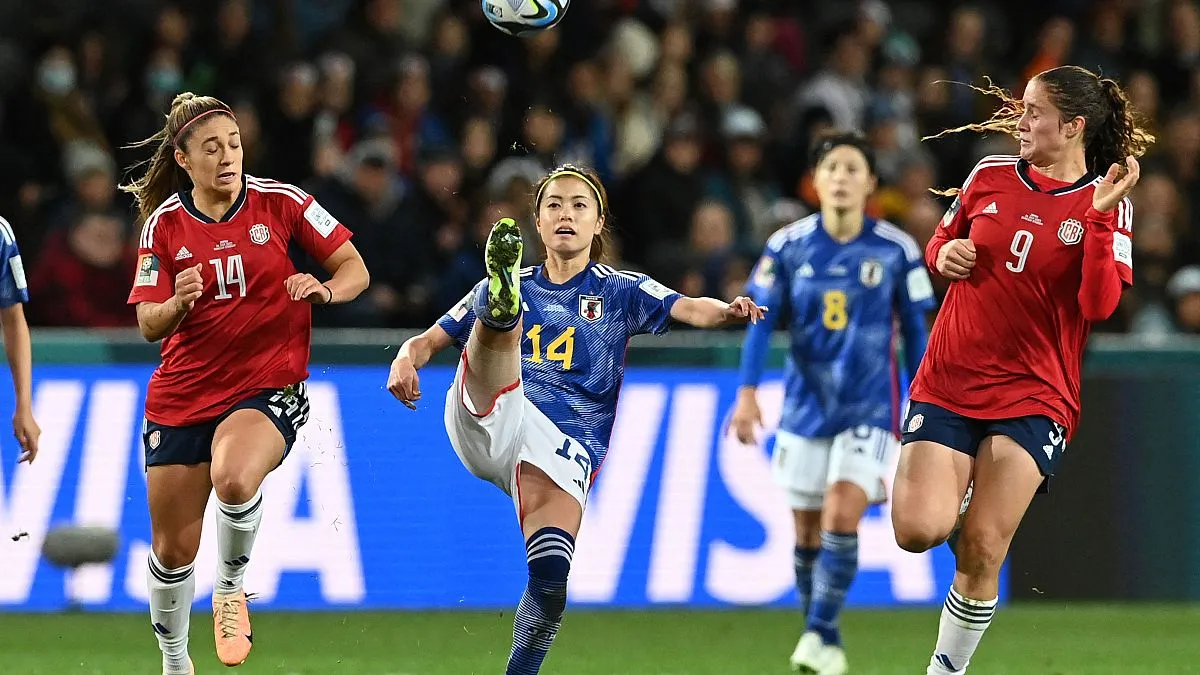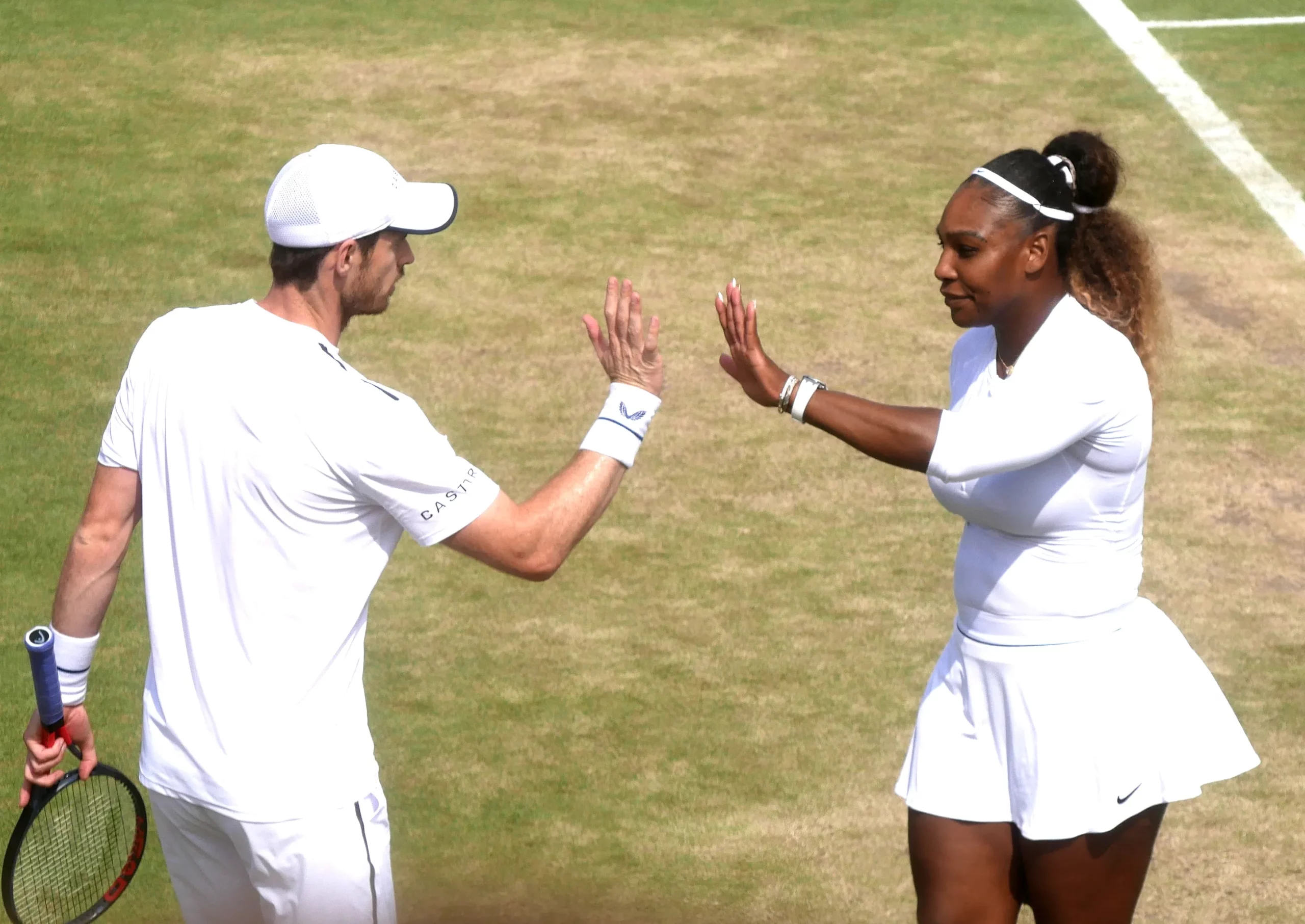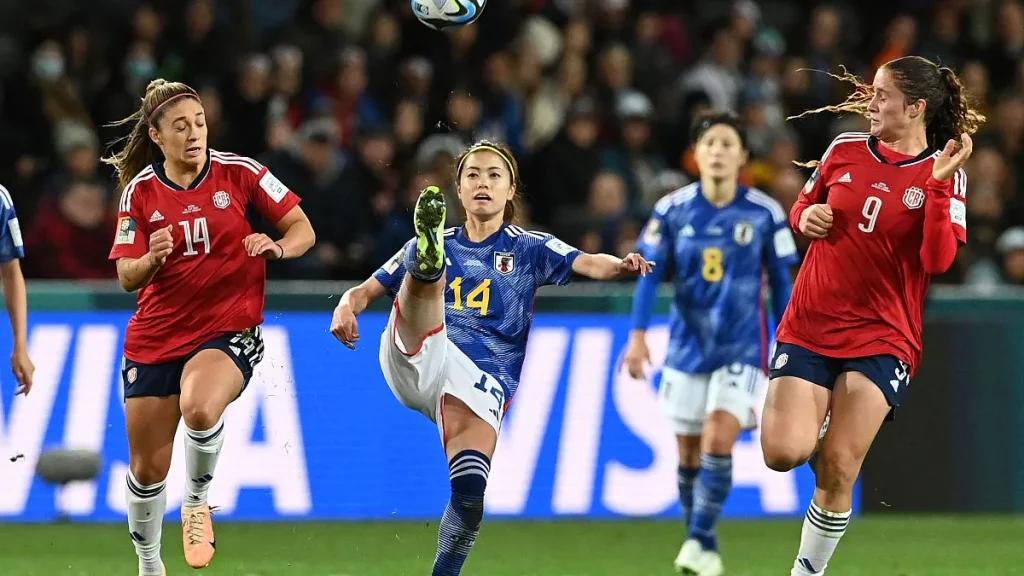Sports has always been a major part of human culture, and over the years, it has evolved into a multi-billion dollar industry. From professional leagues to amateur tournaments, there is no denying the impact that sports has on society. However, when it comes to comparing male and female participation in sports, there are noticeable discrepancies.
In this article, we will delve into the statistics of male vs female participation in sports, analyzing various factors such as popularity, pay, media coverage, and more. Our aim is to provide an unbiased overview of the current state of gender equality in sports and highlight any potential areas for improvement.
Overview of Male vs Female Sports Participation

Before diving into the specifics, let us first take a general look at the overall participation rates of males and females in sports. According to a report by the Women’s Sports Foundation, approximately 35% of high school athletes in the United States are female, compared to 45% in college and only 3% in professional sports. This shows a significant drop-off in female participation as they progress through their athletic careers.
Furthermore, the same report also highlights that girls have fewer opportunities to participate in sports in high school compared to boys. This is due to a lack of funding and resources for girls’ sports teams, leading to a smaller number of available spots and lower quality facilities. In addition, there is a noticeable disparity in the number of male and female coaches, with only 43% of high school female teams being coached by women.
With this general overview in mind, let us now delve into the specific aspects of male vs female sports participation.
Popularity
One of the most significant factors in determining the success and recognition of a sport is its popularity. The more popular a sport is, the more likely it is to receive media coverage and attract top-tier athletes. However, when it comes to the popularity of sports, there are noticeable differences between male and female-dominated sports.
Male-Dominated Sports
Football, basketball, and baseball are among the most popular sports in the United States, with millions of fans and lucrative professional leagues. These sports have a predominantly male fan base, and their players are often regarded as cultural icons and role models. According to a report by Forbes, the NFL and NBA are among the top 10 highest-grossing sports leagues globally, generating billions of dollars in revenue each year.
Female-Dominated Sports
On the other hand, female-dominated sports such as soccer, volleyball, and softball have a significantly lower level of popularity and media coverage. While these sports may have dedicated fan bases, they do not receive the same level of recognition and financial support as male-dominated sports. For example, the National Women’s Soccer League (NWSL) in the US has only nine teams compared to the 32 teams in the NFL.
Pay and Compensation
Another critical aspect in assessing the state of gender equality in sports is to examine the pay and compensation received by male and female athletes. In recent years, there has been a significant push for equal pay in sports, with many advocating for female athletes to receive the same rewards as their male counterparts.
Male Athletes’ Pay
Male athletes, especially those at the top of their respective sports, earn exorbitant amounts of money through endorsements, sponsorships, and contracts. According to a report by Forbes, the highest-paid athlete in the world in 2020 was soccer star Cristiano Ronaldo, who earned a staggering $120 million that year. Other top-earning male athletes include basketball player LeBron James and tennis player Roger Federer, both of whom earned over $100 million in 2020 alone.
Female Athletes’ Pay
In comparison, female athletes earn significantly less than their male counterparts. According to a study by ESPN, the average salary for a WNBA player in 2020 was $100,658, while the average salary for an NBA player was $7.7 million. This is just one example of the pay disparity in professional sports, with female athletes in most other sports also earning significantly less than male athletes.
Media Coverage
Media coverage plays a crucial role in promoting and popularizing sports. The more media attention a sport receives, the more likely it is to attract fans and financial support. However, when it comes to media coverage, there is a noticeable difference between male and female-dominated sports.
Male-Dominated Sports
As mentioned earlier, sports such as football, basketball, and baseball have a massive fan base and receive significant media coverage. These sports are often featured on major television networks, and their stars are constantly in the limelight. For example, the Super Bowl, which is the championship game of the NFL, is one of the most-watched sporting events globally, with an average viewership of over 100 million.
Female-Dominated Sports
On the other hand, female-dominated sports do not receive the same level of media coverage, leading to a smaller fan base and fewer opportunities for exposure. This lack of media coverage can be attributed to various factors, including the belief that these sports are not as exciting or marketable as male-dominated sports. For example, despite the US Women’s National Soccer Team winning multiple World Cups and Olympic gold medals, they have received significantly less media coverage compared to the men’s team.
Challenges Faced by Female Athletes

The statistics highlighted above show that female athletes face several challenges that hinder their progress and recognition in the world of sports. In this section, we will delve into some of the key challenges faced by female athletes and explore potential solutions to address them.
Gender Stereotypes
One of the primary challenges faced by female athletes is the existence of gender stereotypes. Many people still hold the belief that sports are a male-dominated field, and women do not possess the physical strength and ability to compete at the same level as men. This misconception not only affects the participation rates of girls and women in sports but also leads to fewer opportunities for female athletes to excel and receive recognition.
To address this issue, it is essential to educate society and challenge these harmful stereotypes. By promoting and showcasing successful female athletes, we can change the narrative and encourage more girls to participate in sports.
Lack of Funding and Resources
As mentioned earlier, female sports teams often have fewer resources and funding compared to their male counterparts. This disparity stems from the belief that female-dominated sports do not generate as much revenue or are not as marketable as male-dominated sports. However, this lack of funding and resources hinders the growth and development of female athletes, leading to a significant talent gap between male and female athletes.
To address this issue, there needs to be a greater emphasis on providing equal funding and resources for both male and female sports teams. This will create a more level playing field and allow female athletes to showcase their talents and reach their full potential.
Pay Disparities
Another major challenge faced by female athletes is the pay disparity between male and female athletes. As highlighted earlier, female athletes earn significantly less than their male counterparts, despite achieving similar levels of success and recognition. This pay gap is a result of multiple factors, including the popularity and media coverage of female-dominated sports.
To address this issue, there has been a growing demand for equal pay in sports. Many organizations and governing bodies have taken steps to close the pay gap, such as the US Soccer Federation’s decision to increase the salaries of the women’s national team. However, there is still a long way to go before female athletes receive the same level of compensation as male athletes.
Future Outlook for Gender Equality in Sports

While there is still a significant disparity between male and female participation in sports, there have been noticeable improvements in recent years. With the rise of social media and increased awareness of gender equality issues, more and more people are advocating for equal representation and opportunities in sports.
Furthermore, many organizations and governing bodies have taken steps to address the challenges faced by female athletes. For example, FIFA, the governing body of international soccer, has implemented measures to promote gender equality in the sport, such as increasing the number of women in decision-making roles and introducing new tournaments for female teams.
In addition, there has been a growing movement towards promoting and showcasing female athletes through various media outlets. For example, ESPN’s annual ESPY Awards now include categories specifically for female athletes, and NBC Sports has launched a new show called “On Her Turf” that focuses on female athletes and their stories.
Conclusion
In conclusion, the statistics and analysis presented in this article highlight the significant disparities that exist between male and female participation in sports. From popularity and media coverage to pay and compensation, it is clear that there is a long way to go before we achieve true gender equality in sports.
However, with the growing awareness and advocacy for equal representation and opportunities, we are moving in the right direction. As a society, it is essential to continue pushing for change and supporting female athletes, creating a more inclusive and equal playing field for all.






